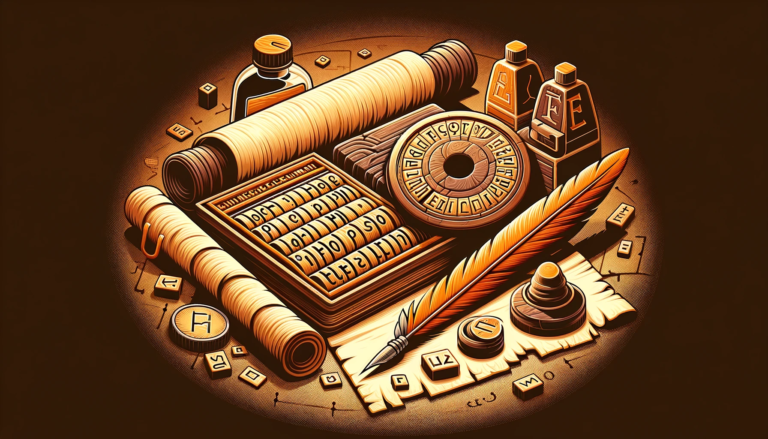Decrypting the Code: A Joyful Journey into the World of Cryptography
Welcome to the intriguing and captivating world of cryptography! Here at MalwareMatters, we believe in turning the complex into fun, the incomprehensible into play, and the learned into teachers. Today, we embark on an exhilarating journey to unravel the mystique of cryptography, the art and science of encoding and decoding messages. So, buckle up as we dive into an adventure that’s as old as Julius Caesar and as contemporary as the digital encryption safeguarding the internet today.
Table of Contents

What is Cryptography?
Imagine you’re a spy in ancient Rome, sending secret messages only your ally can read. That’s cryptography – it’s the James Bond of the digital world! Cryptography is the art of writing and solving codes. It’s like a secret language only those with the ‘key’ can understand. In our digital age, it’s the superhero guarding our data from villains, ensuring that our online conversations, bank transactions, and digital identities remain secure and confidential.
But why should you, a rising star in the cybersecurity universe, care about cryptography? Because in the battleground of digital security, cryptography is your shield and sword. It protects sensitive information from cyber threats and ensures that the integrity and confidentiality of data are maintained. Whether battling hackers, securing networks, or simply safeguarding your digital footprint, cryptography is your trusted ally.
A Trip Down Memory Lane: Historical Ciphers
Let’s take a time machine back to when cryptography was in its infancy. One of the earliest and most famous ciphers is the Caesar Cipher, named after Julius Caesar, who used it to protect his military secrets. It’s a simple yet ingenious method where each letter in a message is shifted a certain number of places down or up the alphabet.
For instance, with a shift of three places, ‘A’ becomes ‘D,’ ‘B’ becomes ‘E,’ and so on. It was like the ancient version of a password-protected document. Although rudimentary by today’s standards, the Caesar Cipher was revolutionary, setting the stage for developing more complex encryption methods.
The Dual Paths: Symmetric vs. Asymmetric Encryption
Fast forward to the present, and we encounter two main types of encryption: symmetric and asymmetric. Think of symmetric encryption as a traditional lock and key – the same key locks and unlocks the treasure chest of data. It’s speedy and efficient, but imagine if the key fell into the wrong hands!
On the other hand, asymmetric encryption is like a mailbox on the street. Anyone can drop in a letter (encrypt data with a public key). Still, only you have the unique key to open it and read the letters (decrypt with a private key). It’s more secure, especially for exchanging keys over the internet, but it takes more time than symmetric encryption.
Summary
We’ve just scratched the surface of the fascinating world of cryptography. From the humble beginnings of the Caesar Cipher to the sophisticated algorithms securing our digital world, cryptography remains a cornerstone of cybersecurity. As you continue your journey in this field, remember that the essence of cryptography is not just in understanding complex algorithms but in the joy of unraveling mysteries, the mastery of securing data, and the art of passing on this knowledge. Stay curious, keep learning, and maybe one day, you’ll be the one creating unbreakable codes!
More in Depth Readings
Author: bild
Date: January 22, 2024
